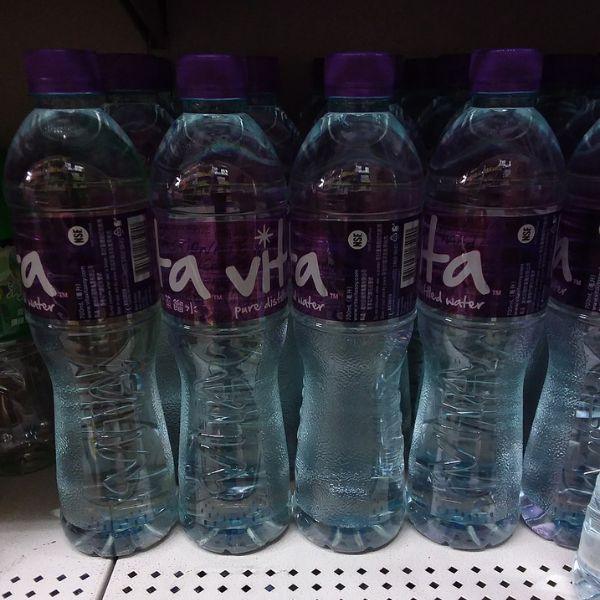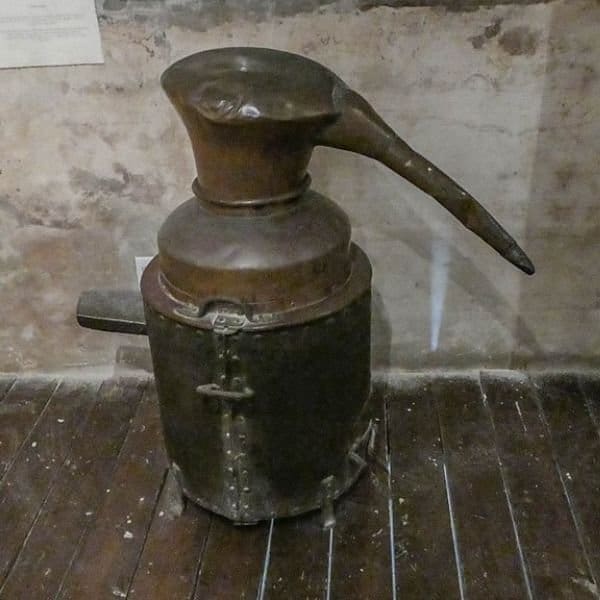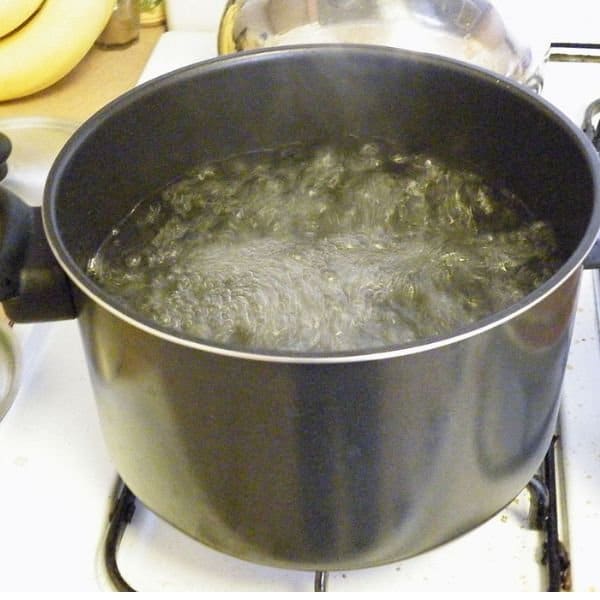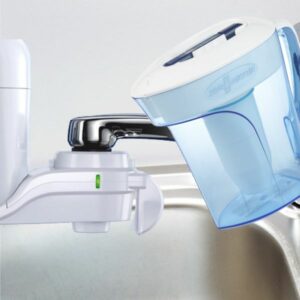What is Distilled Water?
Distilled water is purified water that has gone through a distillation process. Distillation involves heating water to create steam, which is then captured and condensed into liquid form. This process removes impurities and minerals from the water, producing a pure form of H2O.
One benefit of using distilled water is its purity. It does not contain any dissolved minerals or chemicals that can be found in tap or spring water. This makes it ideal for laboratory experiments, medical procedures, and electronics manufacturing, where impurities can affect the final product or outcome.
Another advantage of distilled water is its taste neutrality. Since it has no added flavors or minerals, it has a clean and neutral taste. Some people also drink distilled water because they believe it may offer health benefits such as detoxification and improved digestion due to its lack of contaminants. You can find the best distillers in this list that you can go through.

How to Turn Tap Water Into Distilled Water
Distilled water is commonly used in laboratories, medical facilities, and homes. It is a form of purified water that has gone through distillation. This process involves boiling water to create steam, then cooling it back down to turn it into liquid again. The result is pure H2O with no contaminants or minerals present. If you want to turn tap water into distilled water at home, you can use a few methods.
Use the “pot and bowl” method
You can turn tap water into your own distilled water using the “pot and bowl” method. The process of naturally distilled water is simple and can be done at home with minimal equipment.
To start homemade distilled water, fill a stainless steel pot with tap water and place it on the stove to start the process. Take an empty glass bowl or container that fits snugly onto the opening of the pot without falling inside. The goal is to create a seal between the pot and bowl so that no steam escapes while boiling. Bring the water to a boil over high heat until steam rises from it. As the steam comes out, it will condense on the bowl’s outside and drip into it. As this happens, you can remove the pot from the heat and let it cool. When all of the water has been distilled, you can store distilled water in a storage container to keep.
Use a water distiller
You can also use a water distiller to turn tap water into distilled water. A water distiller is an appliance that heats water to the boiling point, collects the steam produced, and condenses it into pure liquid form. This process requires high power and removes impurities from the original water source and creates distilled water.
Water distillers come in different sizes ranging from countertop models to larger commercial units. They can be purchased online or at stores specializing in home appliances. It is important to follow manufacturer instructions for the proper use and maintenance of your unit so that it continues to produce high-quality distilled water for your needs.

Pros and Cons of Distilled Water
Pros
Distilled water is purified water stripped of all impurities and minerals. There are many benefits of using this type of water vapor.
One major benefit of drinking distilled water is that it has no added chemicals, making it a safe option for those with sensitivities or allergies to certain substances. Additionally, because it lacks minerals and other dissolved solids in tap and bottled waters, distilled water can reduce limescale buildup in appliances such as irons or coffee makers.
Distilled liquid water also has applications beyond drinking. Its purity makes it ideal for laboratory use and industrial processes requiring high-quality water without impurities that could interfere with reactions or damage equipment. Distilled water’s purity benefits people across various industries and daily use scenarios.
Cons
Distilled water is the purest form of water. However, it’s important to know the potential disadvantages of distilled water before making it your go-to choice for drinking and cooking.
One major con of distilled water is that it lacks essential minerals that our body needs. We miss key nutrients such as calcium, magnesium, and potassium by removing all minerals during the distillation process. These minerals are vital for proper bodily function; to replace these minerals, people need to take supplements or eat certain foods. Drinking only distilled water can lead to mineral deficiencies over time.
Another disadvantage of distilled water is its taste. Due to its lack of minerals, some people find it bland or even slightly metallic tasting.

Is Distilled Water Safe to Drink?
While distilled water is safe to drink in most cases, there are some considerations to consider.
One concern with drinking distilled water is that it may lack beneficial minerals found in other types of drinking water. These minerals, such as calcium and magnesium, are important for maintaining healthy bones and teeth. However, it’s important to note that these minerals can also be obtained through a balanced diet.
Another consideration when drinking distilled water is its potential effects on acidity levels in the body. Because distilled water lacks any mineral content, it may have an acidic effect when consumed regularly over time. This can lead to imbalances in the body’s pH levels and cause health problems.
Is Distilled Water the Same as Boiled Water?
Distilled and boiled water are two common types of purified water. Both methods involve removing impurities from the water, but they have some key differences. Distillation uses a process that involves boiling the water, collecting the steam in a separate container, and then condensing it back into liquid form. Boiling simply heats the water to its boiling point and removes some form of impurities from it.
One of the main differences between distilled and boiled water is their purity level. Distilled water has been stripped of all minerals, chemicals, and contaminants through the distillation process, making it one of the purest forms of water available. In contrast, boiled water may still contain some minerals or impurities, depending on its source.

What Are the Uses of Distilled Water?
Distilled water is ideal for various applications where pure water is required. One of the most common uses for distilled water is in laboratory settings, where it is used to create chemical solutions or as a solvent for experiments.
Distilled water is also commonly used in steam irons and humidifiers. Since it doesn’t contain any minerals that can clog up these devices, using distilled water can help prolong their lifespan and prevent damage from mineral buildup. Additionally, some medical procedures require sterile water, which can be achieved by using distilled water since all bacteria and viruses have been removed during the distillation process. Distilled water has many practical applications across several industries due to its purity and lack of impurities.
Conclusion
Distilled water is free of any impurities that can harm the human body. There are different methods to turn tap water into distilled water. While the “pot and bowl” method effectively turns tap water into distilled water, it requires a great deal of time and effort. On the other hand, a water distiller can produce pure distilled water quickly and efficiently. Additionally, distilled water has some advantages as well as disadvantages. So, it is essential to consider both the pros and cons before using distilled water.

